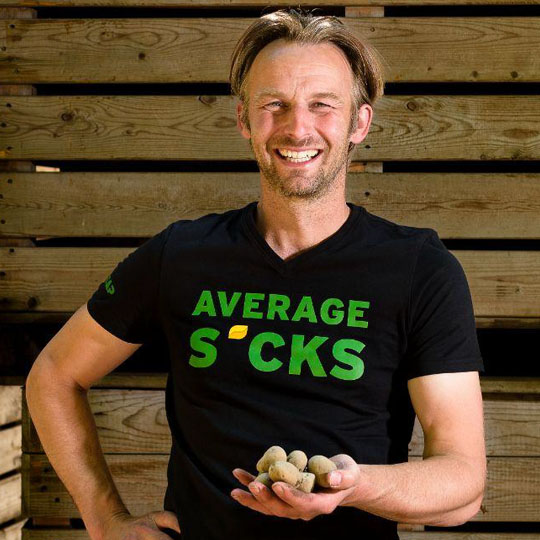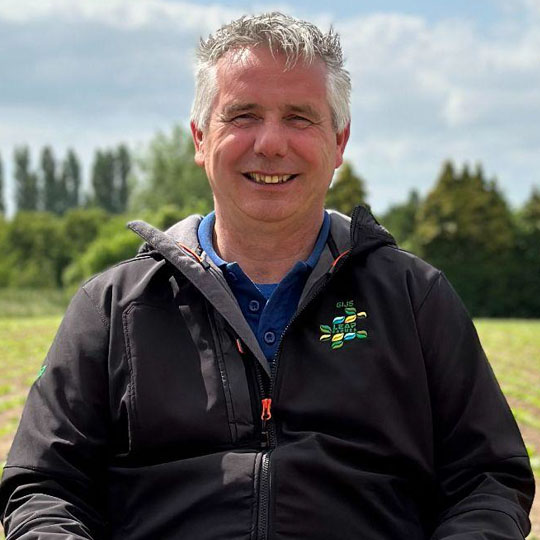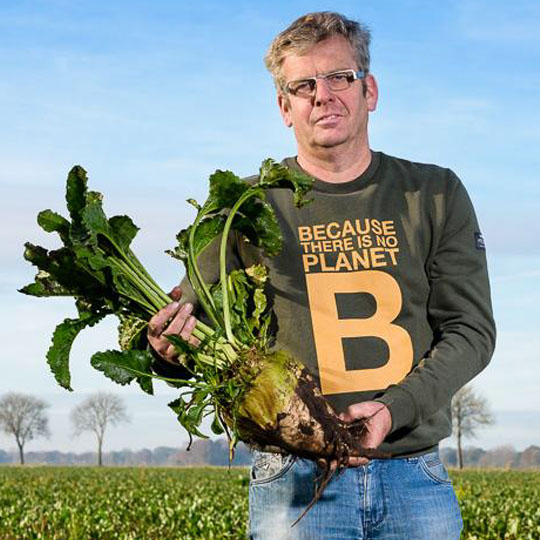BREAKING BARRIERS IN SPRAYING
BBLeap’s Technological Edge
BBLEAP
![]() “BBLeap LeapBox offers the fastest valve opening time—just 0.8 milliseconds—ensuring perfect nozzle control and consistent spray patterns at any speed or rate.”
“BBLeap LeapBox offers the fastest valve opening time—just 0.8 milliseconds—ensuring perfect nozzle control and consistent spray patterns at any speed or rate.”
COMPETITION
![]() Slow valve opening results in poor spray patterns and no consistency in rates at different speeds.
Slow valve opening results in poor spray patterns and no consistency in rates at different speeds.
2. Perfect Spraying, Eliminating Risk Zones

“I held my field free from Phythopthra and raised my yield”
BBLEAP
![]() “Precise control of each nozzle eliminates over and under spraying, allowing exact application without needing excess chemicals. High speed valve control, 100Hz to assure this.”
“Precise control of each nozzle eliminates over and under spraying, allowing exact application without needing excess chemicals. High speed valve control, 100Hz to assure this.”
COMPETITION
![]() Requires extra chemicals as a buffer for coverage inconsistencies, increasing chemical use and environmental impact
Requires extra chemicals as a buffer for coverage inconsistencies, increasing chemical use and environmental impact
3. Consistent Application Rate, Reduced Risks

“BBLeap ensures that the exact dosage is applied everywhere”
BBLEAP
![]() Maintains uniform application, minimizing crop stress and reducing chemical use by 30%
Maintains uniform application, minimizing crop stress and reducing chemical use by 30%
COMPETITION
![]() Inconsistent rates can reach up to 1000% in some areas and below 50% in others, causing crop damage and higher chemical use
Inconsistent rates can reach up to 1000% in some areas and below 50% in others, causing crop damage and higher chemical use
4. Plant-Level Precision with Application Maps

“96% of the crop was unhindered in growth.”
BBLEAP
![]() Operates on a 25×25 cm grid with LeapCat application maps, allowing plant-level precision. Yields increase by up to 20%, and spot spraying can reduce chemical inputs by up to 99%
Operates on a 25×25 cm grid with LeapCat application maps, allowing plant-level precision. Yields increase by up to 20%, and spot spraying can reduce chemical inputs by up to 99%
COMPETITION
![]() Limited grid resolution and update rates lead to missed savings and less efficient applications
Limited grid resolution and update rates lead to missed savings and less efficient applications
5. Consistent Pressure for Optimal Droplet Size

“I always have the right droplet size, volume, and coverage”
BBLEAP
![]() Maintains one consistent pressure, ensuring optimal droplet size across the field and maximizing spraying effectiveness and still the right rate
Maintains one consistent pressure, ensuring optimal droplet size across the field and maximizing spraying effectiveness and still the right rate
COMPETITION
![]() Other systems (including PWM) adjust pressure variably, leading to inconsistent droplet size and reduced spray quality
Other systems (including PWM) adjust pressure variably, leading to inconsistent droplet size and reduced spray quality
6. The Grower’s Advantage

“Your spray quality improves heavily.”
BBLEAP
![]() Delivers 30% chemical savings, less crop damage, and increased yields. Plant-level precision allows for improved productivity and reduced environmental impact
Delivers 30% chemical savings, less crop damage, and increased yields. Plant-level precision allows for improved productivity and reduced environmental impact
COMPETITION
![]() Higher chemical costs, increased crop stress, and environmental impact due to less precise, less efficient systems
Higher chemical costs, increased crop stress, and environmental impact due to less precise, less efficient systems
